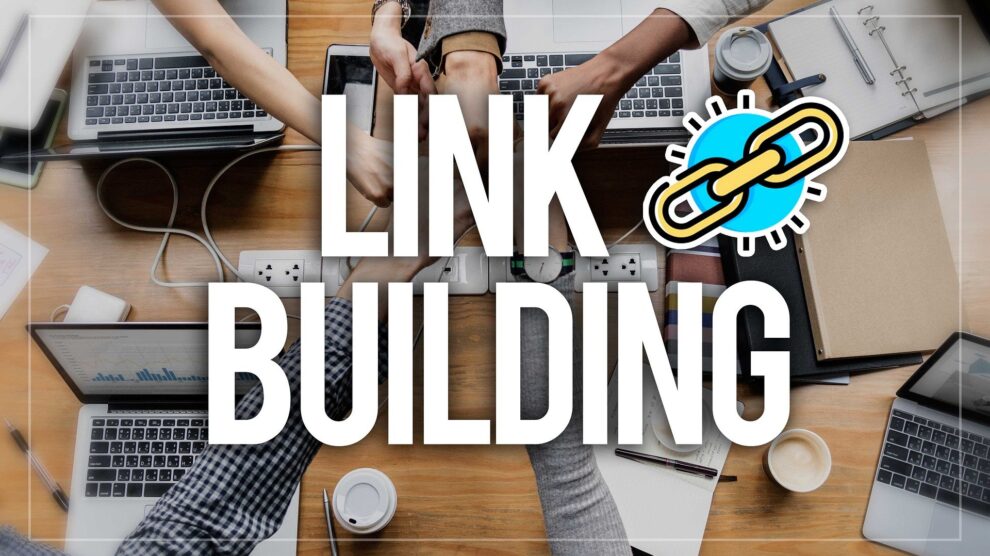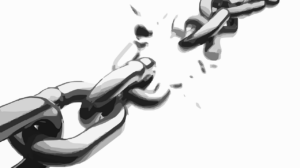Backlinks can be tricky. While the definition is simple – a link that is leading a website’s visitors to another – the practice is another thing. There are tips and tricks to implementing quality backlinks that ensure people visit your website. If you’ve ever tried backlinks and got worse results than you expected, read on – we’ll cover everything that you need to know to be a backlink master!
Advantages of Backlinks in SEO
First things first. Let’s talk about why it is advantageous to use backlinks to improve your SEO process. Backlinks provide a few things for you:
An improvement of organic rankings
By using backlinks, you can get better results and be able to improve your search engine rankings. Keep in mind that you need a goal, which is to create backlinks leading to your homepage plus individual pages. Google will also give more credit to websites with quality backlinks.
Faster indexing
Backlinks help the chances of your website being discovered more effectively and efficiently by search engine bots. This way, your site is recorded faster in the online world, making it easier for people to notice and visit.
An increase of traffic (through referrals)
Traffic to your site also increases, especially through the use of referrals, and is usually targeted with a low bounce rate.
With all these factors in mind, we know that backlinks can really help with the development of your business. Now, let’s get on to the types of backlinks – decide which ones suit you the best.
Fundamentally Two Different Kinds of Links
A link is a link, right? Not so. Right off the bat, there’s a major difference in links that you should know about: NoFollow links and DoFollow links. Basically a NoFollow link tells search engines not to count that link for any pagerank qualities, these links get no love from search engines. People may see them and decide to click on them, but search engines will ignore them – at least that’s the general belief, but it turns out it’s not so simple. What you really want is DoFollow links, which allows not only people to see them, but also for search engines to give them credibility, but don’t get mad if someone gives you a NoFollow link, it’s still useful so be grateful. And you don’t want all of your links to be DoFollow. You want a mix, because all DoFollow links may make it appear that you’re doing something fishy.
Backlink Categories
Backlinks can be classified into at least 3 different categories, and these categories are the ones that you should focus on, especially with Google’s ever-changing algorithm that penalizes websites for posting spammy/low-quality links. Here they are:
Editorial links
These links are “natural” in the sense that they come from other website owners linking to your content. For example, you’ve created a good article that receives a lot of attention and you’ve seeded it with a few key bloggers… as time goes by, more and more people (including other online influencers/other businesses) are sharing it, and some put it on their own websites. The links to your website will then become more qualified, as it stands true through the test of time, and has proven to make people interested in visiting your site. As a result, this type of link is usually deemed valuable.
Manual links
Also referred to as outreach building, this is one of the most common link-building strategies. It’s done by contacting other website owners and asking them if they could place links to your website or pages. Of course most won’t just do it for free: you have to convince them why it would be worth it for them to post backlinks leading to your site. Also, contact people who are relevant. For example, if you’re selling beauty products, establish a relationship with beauty bloggers.
Self-created links
Self-created links can take many forms, such as those found in non-moderated blog comments, an article directory, a guestbook, or even a forum signature. While these can be the easiest ways for you to post backlinks, be advised that if you’re doing it too much, you can be viewed as spamming, and instead of getting many quality visits to your site, you can be banned from certain search engines.
Creating Quality Backlinks – The Do’s
How then, do you create quality backlinks that ensure an increase in the measured performance of your site?
Make relevant backlinks. This means that relevancy needs to be the primary focus in your backlink strategy, since search engines are all about relevance. Mainly, take note of the following:
- The general content, or the “theme” of the linking domain.
- The content itself on the linking page.
- The relevancy of the backlinks that are hitting the domain.
Make the right friends. Create and establish friendships with authoritative websites in your field. By doing this, search engines will tend to put you in the same bracket as these popular, highly-qualified websites. Generally, the stronger the site is, the better the results will be.
Focus on quality websites. Post your backlinks on trusted sources only. Forget the mediocre ones, don’t go spamming as many links as possible – because, again, what’s more important is the quality, not the number.
Intelligent use of anchors. Be creative. If you’re providing a mortgage advice service, don’t go repeating the same phrase over and over again. Try its variations, such as “advice on mortgages” and “mortgage guidance”.
The Don’ts
And what are the things that you should really avoid?
Purchasing backlinks. This is against many search engines’ terms of use, including Google, so avoid this at all costs. Think of it this way: would you vote for a politician that pays people to vote for them in an election?
Exchanging links. This can lead to a decrease of reputation in the search engine indexes, especially when you don’t know the quality and content of the partner site.
Selling backlinks. Much like purchasing, selling is also ranked at the bottom of the “most desirable backlink practices by search engines”.
Websites suspected of being involved in some of these activities can be penalized and suspended.
More Specific Methods
Here’s some more specific methods to build backlinks – after taking into account all the information previously stated above:
The “broken-link” building method. Just as the name suggests, you create backlinks by “fixing” related broken links on other websites. If you find a broken link on a website, the broken link being related to your content, then contact the owner of the website and suggest it be replaced with a working link of the same relevance (which can be your site).
Guest-posting method. Some websites accept guest posts, so try writing one for them and include a backlink to your own site while doing so.
The donation method. Simply by donating, maybe to one of your favorite causes, you can sometimes get your site linked to on a charity website.
There are actually many other approaches, but you would need to spend some time and do your own research, because every website is different. The bottom line is: remember quality comes first, and relevancy comes second. Happy back-linking!





